
Unlock the Secret to Quick & Easy Gluten Free Flatbread!
Oh, the simple joy of warm, freshly made bread! If you’re navigating a gluten-free lifestyle, the thought of spontaneous bread-making can sometimes feel like a distant dream, often associated with complicated flour blends and lengthy processes. But what if I told you that delicious, pillowy gluten free flatbread could be on your table in just 20 minutes? Yes, you read that right! This isn’t one of those daunting baking projects. We’re talking about a super quick, incredibly easy recipe that relies on basic pantry staples like your favorite gluten-free plain flour blend and a dollop of yogurt – ingredients you likely have on hand right now. It’s the kind of recipe that becomes an instant lifesaver, proving that embracing a gluten-free diet doesn’t mean sacrificing convenience or those comforting, bready textures we all love.
This gluten free flatbread recipe is a true game-changer for busy weeknights, impromptu gatherings, or simply those moments when you crave something wonderfully homemade without the fuss. Imagine pulling these warm, slightly chewy flatbreads straight from the pan. They are absolutely perfect for dipping into a flavourful Gluten-Free Artichoke Dip, serving as a delightful accompaniment to rich dishes like a Moroccan Chickpea Tagine, or even transforming into speedy individual pizza bases topped with your favorite gluten-free ingredients. The versatility of this gluten free flatbread is simply astounding! No more feeling like you’re missing out; this recipe ensures that enjoying a delicious, doughy treat is always within easy reach, adding fantastic variety and satisfaction to your gluten-free meals. Making your own gluten free flatbread has never been simpler, and the results are so rewarding, bringing back the pure joy of uncomplicated baking. If you’re keen to explore other simple gluten-free bread alternatives, our Gluten-Free Corn Tortillas are another fantastic option to try!
Why This Gluten Free Flatbread Recipe is Absolutely Brilliant
Alright, let’s dive deep into the magic happening behind the scenes with this incredible gluten free flatbread recipe! Often, baking without gluten can feel like navigating a culinary minefield, especially when attempting something as fundamental as bread. Gluten, the protein network found in wheat, is typically responsible for structure, elasticity, and the satisfying chewiness we associate with traditional bread. So, how does this recipe achieve such fantastic results in just 20 minutes, producing a pliable, delicious gluten free flatbread without any gluten in sight?
The Yoghurt – The Unsung Hero
The secret weapon here, and what makes this gluten free flatbread stand out, is the inclusion of yoghurt. This isn’t just any ingredient; it plays multiple crucial roles. Firstly, the acidity in the yoghurt reacts beautifully with the alkaline baking powder (or is already present to activate leavening in self-raising flour). This reaction creates carbon dioxide gas bubbles quickly, providing instant lift and lightness to the dough. Unlike yeast, which needs time to ferment and produce gas to develop flavour and structure, the yoghurt-baking powder combo works on demand as soon as it hits heat. This is key to the recipe’s speed!
Beyond leavening, the yoghurt’s protein content contributes significantly to the structure of the gluten free flatbread. In the absence of gluten’s protein network, the proteins in the yoghurt help provide some much-needed scaffolding, preventing the flatbread from becoming crumbly or falling apart. The fat content in full-fat yoghurt also adds richness and tenderness, ensuring the flatbread stays moist and pliable, not dry and stiff – a common pitfall in gluten-free baking.
Baking Powder: The Instant Lift Provider
Working hand-in-hand with the yoghurt (or acting as the primary leavener if using a self-raising gluten-free flour blend), baking powder is the chemical leavening agent that provides the rapid rise. Composed of an acid and an alkali, it creates gas pockets quickly when moistened and heated. This instant lift gives these gluten free flatbreads a pleasant, slightly airy interior texture, avoiding that dense, heavy feeling often associated with poorly executed gluten-free baked goods.
The Flour Blend: A Flexible Foundation
While the recipe works with standard gluten-free plain flour blends, it’s notably forgiving and adaptable, mentioning substitutions like self-raising gluten-free flour or even gluten-free bread flour blends. This flexibility is a testament to how well the yoghurt and baking powder carry the structural load. A basic gluten-free plain flour blend typically contains a mix of starches (like rice, potato, tapioca) and sometimes protein flours (like sorghum, millet, or rice). Without gluten, these flours alone wouldn’t form a cohesive dough. However, the stickiness provided by the starches, combined with the structural support from the yoghurt and the lift from the baking powder, creates a surprisingly workable dough perfect for making quick gluten free flatbreads.
The Quick Cooking Method
Cooking these gluten free flatbreads on a hot griddle or pan is another stroke of genius. The direct, high heat causes the gases produced by the baking powder to expand rapidly, puffing the flatbreads slightly. This quick cooking ensures the exterior gets a lovely slight crispness or golden finish (especially with a touch of oil), while the interior cooks through just enough to be tender and soft. It prevents over-drying, which is crucial for maintaining that desirable pliable texture in gluten free flatbread.
Seamlessly Supporting a Gluten-Free Lifestyle
What truly makes this recipe a winner for anyone living a gluten-free life is its sheer simplicity, speed, and reliability. Finding versatile, quick bread options is often a challenge. This gluten free flatbread is genuinely a ‘come-to’ recipe for busy moments. The forgiving nature of the dough means you don’t need complex techniques or specialist equipment like a rolling pin (your hands work just fine!). The ability to easily incorporate various flavourings like sundried tomatoes, olives, cheese, or spices makes every batch feel fresh and tailored to the meal. Whether you need a quick side dish, a base for dips, a wrap substitute, or a simple gluten free flatbread ‘naan’, this recipe delivers consistently without the fuss or long wait times associated with yeasted gluten-free breads.
In essence, this gluten free flatbread recipe works because it intelligently bypasses the need for gluten’s complex structure using the power of yoghurt and chemical leavening. It focuses on creating a satisfying texture and flavour quickly and easily, making gluten-free baking accessible and enjoyable for everyone. It’s a brilliant example of how clever ingredient choices can overcome the challenges of gluten-free cooking, proving that delicious, pliable gluten free flatbreads are absolutely achievable at home!
Transform Your Mornings with 33 FREE Gluten-Free Breakfasts!
Unlock delicious, easy-to-make recipes that will make you excited to start every single day. No more boring breakfasts, just pure flavor and joy!

Get Your FREE Breakfast Ebook Now!
(No credit card required. Instant download.)
Ingredients, Nutritional Information, and Additional Tips for Your Gluten Free Flatbread
Making delicious gluten free flatbread is wonderfully simple, often requiring just a few pantry staples. Understanding each ingredient helps ensure your flatbread turns out perfectly every time and allows you to confidently make substitutions based on your needs and what you have on hand.
Ingredients
Here are the exact ingredients you’ll need for this quick and easy gluten free flatbread recipe:
- 350g gluten free plain flour: This is the base of your dough. Gluten-free flour blends typically combine various flours like rice flour, potato starch, tapioca starch, etc., to mimic the structure gluten provides. Using a good quality gluten free flour blend is key to a pliable dough for your gluten free flatbread.
- 2 tsp baking powder: This acts as the leavening agent, creating bubbles during cooking that give the flatbread its slight rise and airy texture. Baking powder is crucial for achieving a light result without yeast. You can easily find baking powder in most supermarkets.
- 300ml full fat natural or plain Greek yoghurt: The yoghurt provides moisture, richness, and the acidity needed to activate the baking powder. It’s also key to the easy, no-yeast dough structure of these flatbreads.
- 1 tsp fine salt: Salt enhances the flavor of the flatbread.
- 8 sundried tomatoes, finely sliced (optional): For adding a delicious, slightly sweet and tangy flavor twist to your gluten free flatbread.
- 50g green olives, finely sliced (optional): Adds a lovely savory, briny note if you choose the flavored variation.
Nutritional Information
This recipe for gluten free flatbread offers several benefits, particularly for those following a gluten-free diet. While specific nutritional values can vary based on the exact ingredients and brands used, here are some general points:
- Gluten-Free: By definition, this recipe is completely free from gluten, making it suitable for individuals with coeliac disease or gluten sensitivity.
- Quick & Fresh: Making gluten free flatbread at home means no added preservatives often found in store-bought breads.
- Source of Protein & Calcium: The yoghurt contributes protein and calcium, adding more nutritional value than flatbreads made simply with flour and water. Using Greek yoghurt or Skyr can significantly boost the protein content.
- Customizable: You can easily boost fiber or other nutrients by choosing different gluten-free flour blends (e.g., those containing some whole grains) or adding nutrient-rich ingredients like seeds or herbs.
Substitutions & Variations
This basic gluten free flatbread recipe is incredibly versatile! Don’t be afraid to experiment to find your perfect version or adapt it based on what you have available.
Substitutions:
- Yoghurt: While full-fat natural or Greek yoghurt is recommended for richness and texture, you can substitute with plain Skyr for a lower-fat, higher-protein option. Dairy-free plain yoghurts can often work, but results may vary slightly depending on the brand and thickness – ensure it’s a thick, plain variety.
- Flour & Leavening:
- Gluten Free Self-Raising Flour: If you have gluten free self-raising flour, you can use 350g of it and omit the 2 tsp of baking powder entirely. This is a convenient swap if self-raising flour is readily available to you.
- Gluten Free Bread Flour: You can substitute the plain flour with 350g of gluten free bread flour (white or brown). Keep the 2 tsp of baking powder in this case. It may yield a slightly different texture or flavour depending on the blend.
- Rolling Pin: Don’t have a rolling pin? No problem! This dough is forgiving. Simply use your hands to press and shape the dough balls into flat rounds for a lovely rustic-looking gluten free flatbread. A clean wine bottle can also work in a pinch! If you need kitchen tools, you might find useful items here.
- Oil for Cooking: The recipe works well dry-fried, but a tiny bit of oil (like olive oil) can give the gluten free flatbread a more golden fnish and help stick any herbs or seeds you press into the surface before cooking.
Variations:
- Savory Additions: As suggested, finely sliced sundried tomatoes and olives can be kneaded directly into the dough. You can also add 75g of grated cheddar cheese for a cheesy variation.
- Spices & Herbs: Knead dried herbs (like rosemary or oregano), whole or ground spices (like cumin, nigella seeds), or spice blends (zatar) into the dough for extra flavour. Brushing with melted butter or garlic butter after cooking is also a wonderful way to enhance flavour, especially if serving as a gluten free naan alternative.
- Other Mix-ins: Get creative! Try adding cooked, crumbled chorizo, caramelised onion, chopped fresh chives, or sesame seeds to the dough.
- Serving Styles: These versatile gluten free flatbreads can be served plain, used for dipping into hummus or other spreads, split and filled like a pita, used as a quick pizza base, or enjoyed warm alongside stews, curries, or grilled meats. For a heartier option, consider using them as the base for stuffed flatbreads with cheese or other fillings baked inside.
Enjoy experimenting with your easy gluten free flatbread!
Essential Equipment for This Recipe
To prepare this delicious recipe, you’ll need the following kitchen tools:
- Mixing Bowls – A set of good quality mixing bowls is crucial for combining all your ingredients.
Find Mixing Bowls on Amazon - Measuring Cups and Spoons – Accurate measurements are key for baking success!
Find Measuring Cups and Spoons on Amazon - Baking Sheets – Ensure even baking with a sturdy baking sheet.
Find Baking Sheets on Amazon - Whisks – Perfect for incorporating air and blending wet ingredients.
Find Whisks on Amazon - Spatulas – Ideal for folding ingredients and scraping bowls clean.
Find Spatulas on Amazon - Food Processors – Great for quickly chopping, mixing, and pureeing ingredients.
Find Food Processors on Amazon - Saucepans – Essential for cooking sauces, melting chocolate, and more.
Find Saucepans on Amazon - Chef’s Knives – A high-quality chef’s knife makes food preparation easier and safer.
Find Chef’s Knives on Amazon - Cutting Boards – Protect your countertops while preparing your ingredients.
Find Cutting Boards on Amazon
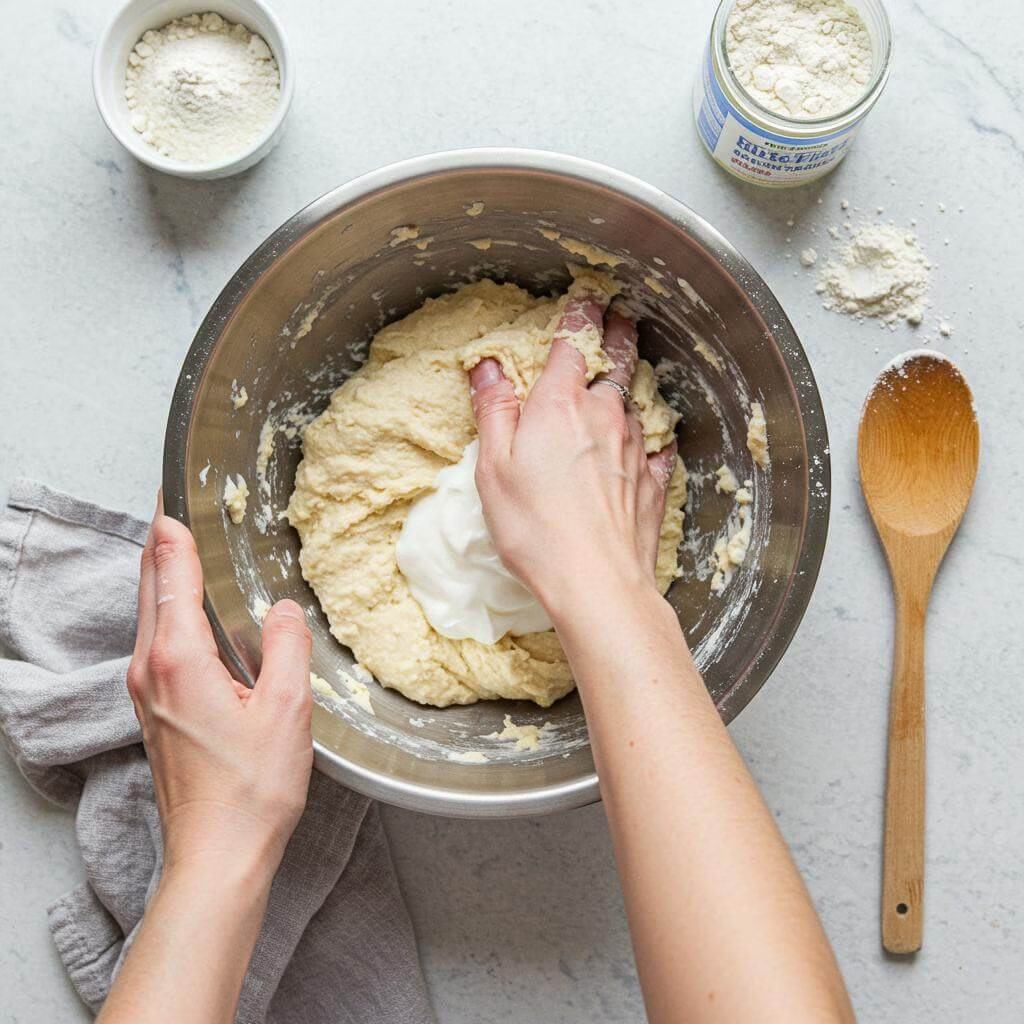
- Begin by gathering your ingredients. In a large mixing bowl, combine the required amount of gluten free plain flour, baking powder, and full fat natural or plain Greek yoghurt. The yoghurt provides moisture and tenderness, which is key for a soft gluten free flatbread.
- Using a wooden spoon or spatula, mix the ingredients initially until they are roughly combined and start to come together. Then, switch to using your hands. Gently knead the mixture within the bowl or on a lightly floured surface until all the ingredients are fully incorporated and you have a smooth, pliable dough. Gluten-free doughs can sometimes feel a bit different from traditional ones; aim for a consistency that holds together well but isn’t overly sticky or dry. If the mixture feels too dry and crumbly, add water a teaspoon at a time, kneading after each addition. If it seems too wet and sticky, sprinkle in extra gluten free flour, a tablespoon at a time, until the dough reaches the desired consistency – it should be easy to handle. Be careful not to overmix gluten-free dough, as this can sometimes lead to a tougher texture.
- If you’re opting to make the delicious olive and sundried tomato variation of this gluten free flatbread, now is the time to add your finely sliced sundried tomatoes and olives. Incorporate them into the dough by gently kneading until they are evenly distributed throughout. This ensures every bite of your gluten free flatbread has bursts of flavor.
- Lightly flour a clean work surface and your chosen shaping tool – whether it’s a rolling pin or just your hands. Divide the dough into six equal portions. Take one portion and roll it into a ball shape. Then, using your rolling pin, flatten the ball into a disc about 5mm thick. Alternatively, if you don’t have a rolling pin or prefer a more rustic look (which is also much quicker!), simply use your hands to gently press and flatten the dough ball into a disc shape. Either method works perfectly for creating these quick gluten free flatbread rounds.
- Place a griddle pan or heavy-based frying pan over a medium-low heat. Adding oil is completely optional for cooking these gluten free flatbread; they can be successfully dry-fried. For a slightly more golden finish, you can lightly spritz or brush the pan with a tiny amount of olive oil before heating. Once the pan is warm, carefully place one or two raw gluten free flatbreads into the hot pan, ensuring not to overcrowd it. Allow them to cook on each side for approximately 3-5 minutes. Keep an eye on them – they should develop golden-brown spots and will likely puff up slightly during cooking. This puffing helps create a lovely light interior while keeping the outside satisfyingly chewy, characteristic of a great gluten free flatbread.
- Repeat steps 4 and 5 with the remaining dough portions until you have cooked all six gluten free flatbreads. As you finish cooking each one, stack them neatly. These gluten free flatbreads are truly best enjoyed immediately while still warm, when their texture is perfect. If you need to hold them before serving, you can quickly warm them in a microwave for a few seconds just before eating to bring back their lovely warmth and softness. Enjoy your homemade gluten free flatbread!
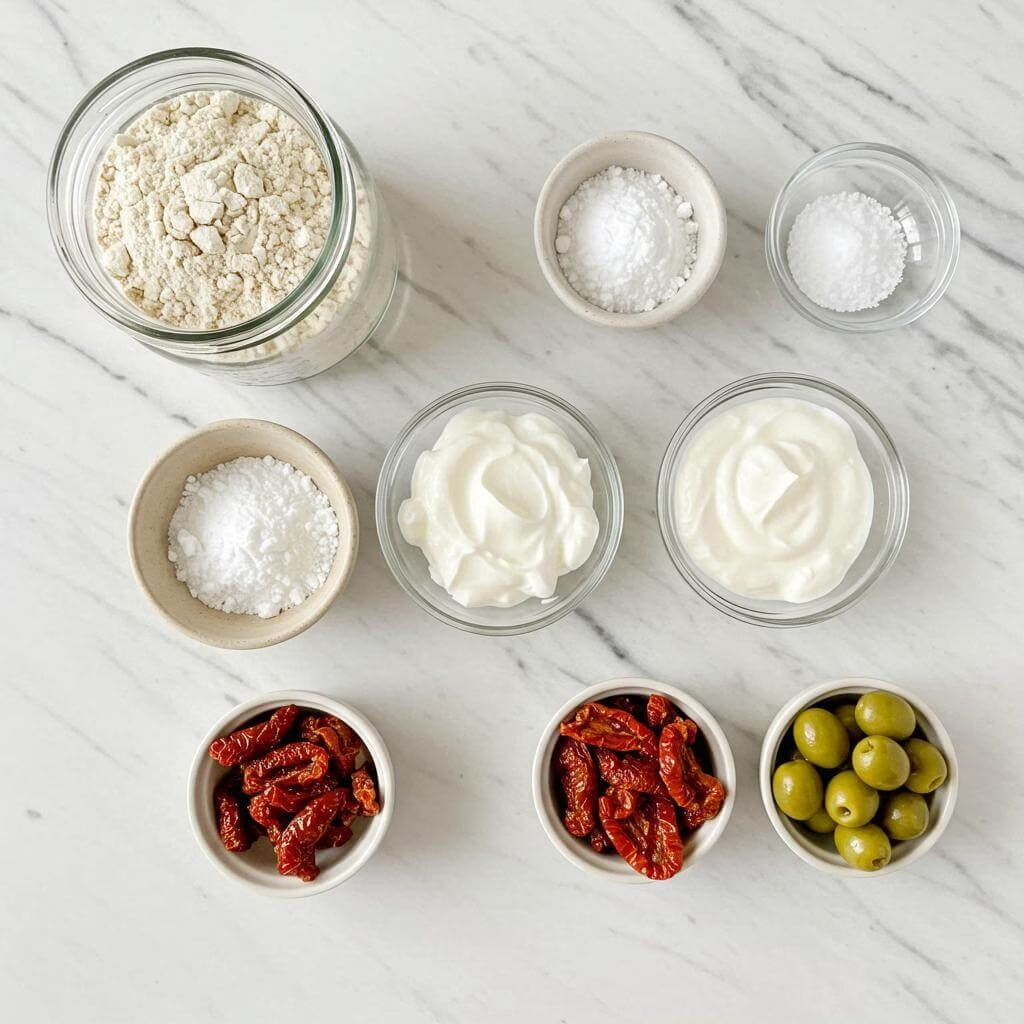
Tips for Perfect Gluten Free Flatbread Results
Making delicious gluten free flatbread is surprisingly simple, but a few little tweaks can make all the difference to ensure they turn out soft, pliable, and just perfect every time. Here are my top tips for achieving amazing results with your gluten free flatbread:
- **Nail the Dough Consistency:** Gluten-free doughs can be tricky. This recipe relies on getting the hydration just right. Your dough should be soft and slightly tacky, but not overly sticky that it glues to your hands. If it feels too dry and crumbly, add a tiny bit of water (a teaspoon at a time). If it’s too wet, sprinkle in a little extra gluten free plain flour until you reach that sweet spot – pliable and easy to handle without sticking excessively.
- **Be Gentle with the Kneading:** Unlike wheat flour, gluten free flour doesn’t develop gluten networks. Over-kneading won’t make it stronger; it can actually make it tough. Mix initially with a spoon, then use your hands just until the ingredients are fully combined into a smooth, cohesive ball. A minute or two of gentle bringing together is plenty for this simple gluten free flatbread dough.
- **Roll Rather Than Stretch:** Gluten-free doughs don’t have the elasticity of gluten, so trying to stretch them thinly can result in tears. Rolling gently with a lightly floured rolling pin (or squashing by hand!) is the best way to shape your gluten free flatbread. Aim for that recommended 5mm thickness for the ideal balance of soft interior and slightly crispy exterior.
- **Don’t Skimp on the Yoghurt:** The yoghurt is key to the texture and flexibility of this gluten free flatbread. Using full-fat natural or Greek yoghurt provides the necessary moisture and richness. Using a low-fat version might result in a drier, less pliable flatbread. Stick to the recommended type for the best spongy texture!
- **Master the Pan Temperature:** Medium-low heat is crucial for cooking these gluten free flatbread evenly without burning the outside before the inside is cooked through. Too high, and they’ll char quickly and remain raw or gummy inside. Too low, and they won’t puff slightly or get those lovely golden spots. Be patient and let them cook 3-5 minutes per side until golden and slightly puffed.
- **Cook Just Until Done:** Overcooking is a common pitfall with gluten-free baked goods, often leading to dryness or a tough texture. Cook your gluten free flatbread until they have golden spots on both sides and have puffed slightly, indicating the inside is cooked. They should still feel soft and ready to fold or tear.
- **Additions Need Careful Incorporation:** If you’re adding sundried tomatoes, olives, cheese, or spices to your gluten free flatbread, make sure they are finely chopped and evenly distributed throughout the dough. Too many large pieces can make the dough difficult to roll and prone to breaking apart when cooking.
- **Serve Warm or Reheat:** These yoghurt-based gluten free flatbread are definitely best enjoyed warm straight off the pan. If you need to make them ahead, store them cooled and reheat briefly in a microwave or pan just before serving to restore their soft texture.
Common Gluten Free Flatbread Mistakes to Avoid
Even with a straightforward recipe like this gluten free flatbread, a few common slip-ups can impact your results. Knowing what to watch out for will help you make perfect flatbread every time!
- **Adding Too Much Flour:** It’s tempting to keep adding flour if the dough is sticky, but too much will make your gluten free flatbread dry, dense, and crumbly. Aim for a dough that’s workable but still a little soft and tacky. Use flour sparingly on your board and hands, not directly into the main dough unless it’s truly excessively wet.
- **Cooking on Too High Heat:** As mentioned in the tips, high heat is the enemy of this delicate gluten free flatbread dough. It will brown too fast, leaving the inside undercooked and potentially gummy, or worse, result in a tough, cracker-like texture instead of that lovely soft bounce. Keep the heat medium-low.
- **Overworking the Dough:** While you need to bring the dough together, excessive kneading or handling will not improve the texture of this gluten free flatbread. It doesn’t need gluten development. Bring it together until smooth, incorporate additions gently, and then shape. Simple is best here!
Frequently Asked Questions
Can I use different gluten free flours like self-raising or bread flour in this easy flatbread recipe?
Yes, absolutely! The recipe uses plain gluten free flour plus baking powder, which is a versatile base, especially as self-raising isn’t available everywhere. However, if you *do* have gluten free self-raising flour, you can simply swap it in directly – use 350g of self-raising and leave out the 2 tsp of baking powder. You can also use 350g of white or brown gluten free bread flour instead of plain flour, but in that case, you should still include the 2 tsp of baking powder for the right texture. Each flour blend might give a slightly different flavour or result, so feel free to experiment!
What kind of yogurt is best, and can I make a dairy-free version of these gluten free flatbreads?
The recipe works beautifully with full-fat natural or plain Greek yogurt, which gives the gluten free flatbread a lovely richness and moisture. If you’re looking for a lower-fat or higher-protein option, plain Skyr works really well too. While the recipe primarily uses dairy yogurt, you might be able to achieve a similar result with a thick, plain dairy-free yogurt, but the outcome can vary depending on the brand and base (like coconut, soy, or almond). It’s worth giving it a try!
Help! I don’t have a rolling pin! Can I still make these delicious gluten free flatbreads?
Don’t worry one bit! You absolutely do not need a rolling pin to make these. The dough is very forgiving. You can easily flatten the dough balls with your hands to create a more rustic-looking gluten free flatbread – this method is actually much quicker if you’re in a hurry! One clever idea was to use a clean wine bottle if you want something to roll with. The goal is quick and easy, so whatever flattening method you use is perfectly fine.
Can I add flavourings like cheese, herbs, or spices directly into the gluten free flatbread dough?
Oh gosh, please do! Adding extra flavour is highly encouraged and makes these quick gluten free flatbreads even more exciting. The recipe specifically mentions adding finely sliced sundried tomatoes and olives, which is a fantastic variation. You can also knead in about 75g of grated cheddar cheese for a cheesy version, or add spices like cumin, nigella seeds, or za’atar. Dried herbs like rosemary or oregano also work well. Get creative with combinations like chorizo and caramelised onion – the dough is super flexible for mix-ins!
Do I need to use oil when cooking these gluten free flatbreads in the pan?
Adding oil to the pan when cooking these gluten free flatbreads is completely optional! They cook perfectly well dry-fried on a medium-low heat griddle or frying pan. However, if you prefer a slightly more golden finish, you can spritz or brush the pan with a tiny amount of olive oil before you start. Using a little oil can also help if you’re pressing herbs or seeds onto the surface and want them to stick better while cooking.
What are some great ways to enjoy these easy gluten free flatbreads?
These versatile gluten free flatbreads are wonderful with so many things! They are brilliant for dipping into dips like hummus, garlicky aubergine dip, or pea hummus. We love serving them warm on the side of stews, tagines, curries (as a quick naan substitute), or tapas. You can also split them open and stuff them with fillings, use them as a base for quick individual pizzas, or serve alongside soups and salads. They’re truly a multi-purpose gluten free bread alternative!
How should I store these gluten free flatbreads, and can I reheat them later?
These easy gluten free flatbreads are definitely best enjoyed fresh and warm straight off the pan for the perfect texture. Once cooked, you can stack them. If you need to eat them later, they reheat very quickly. The best way to bring back their lovely warmth and softness is to give them a short blast in the microwave just before you plan to serve them.

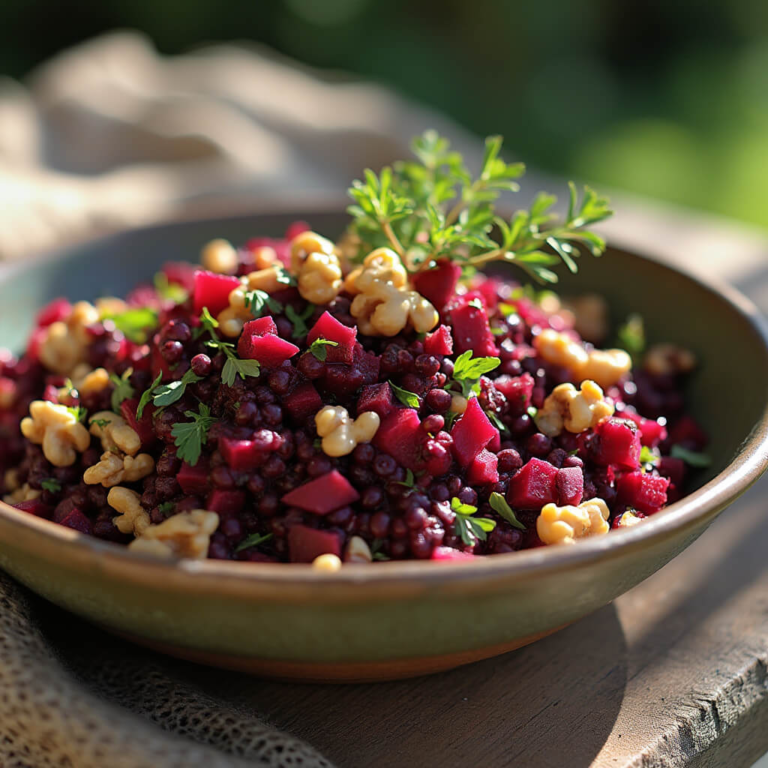
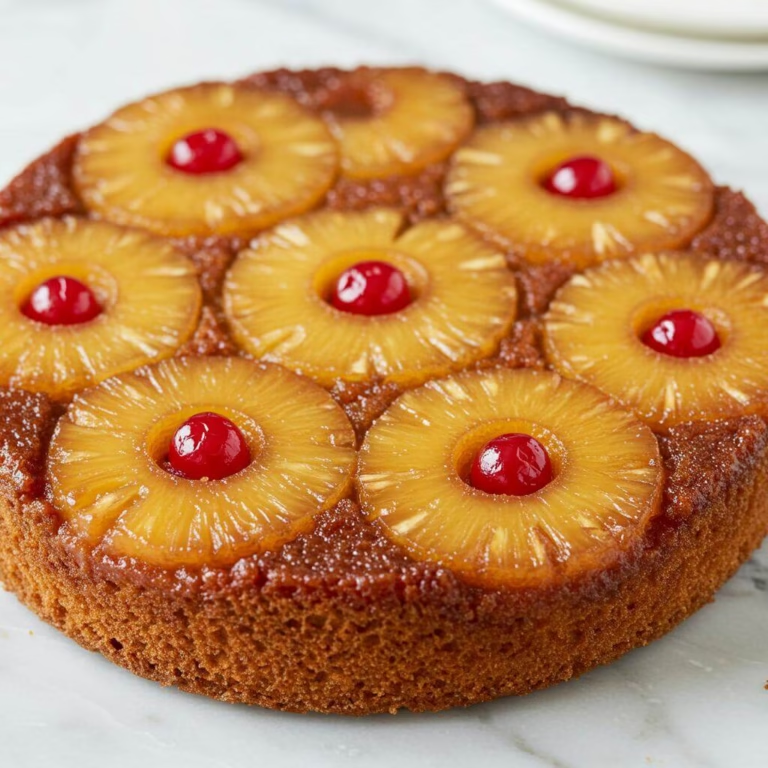
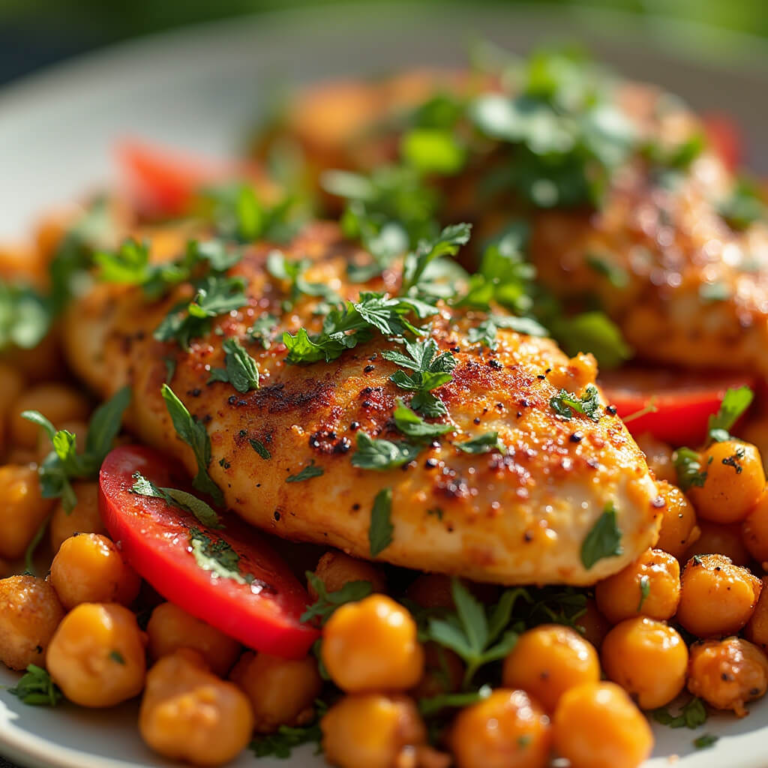
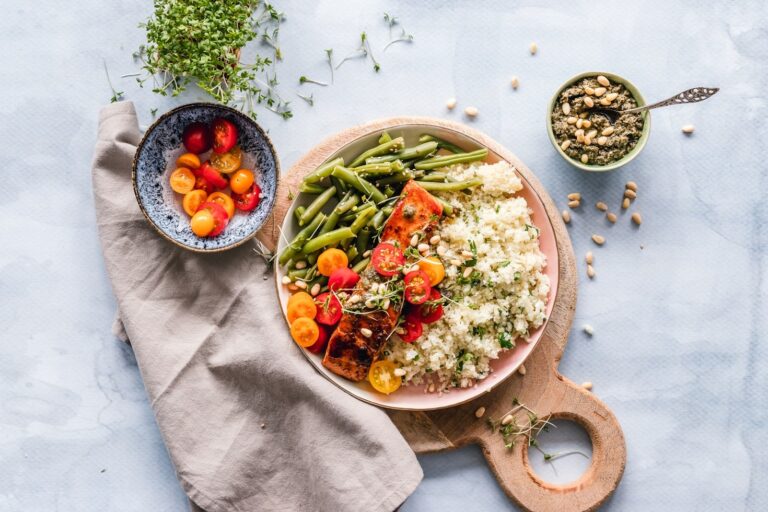
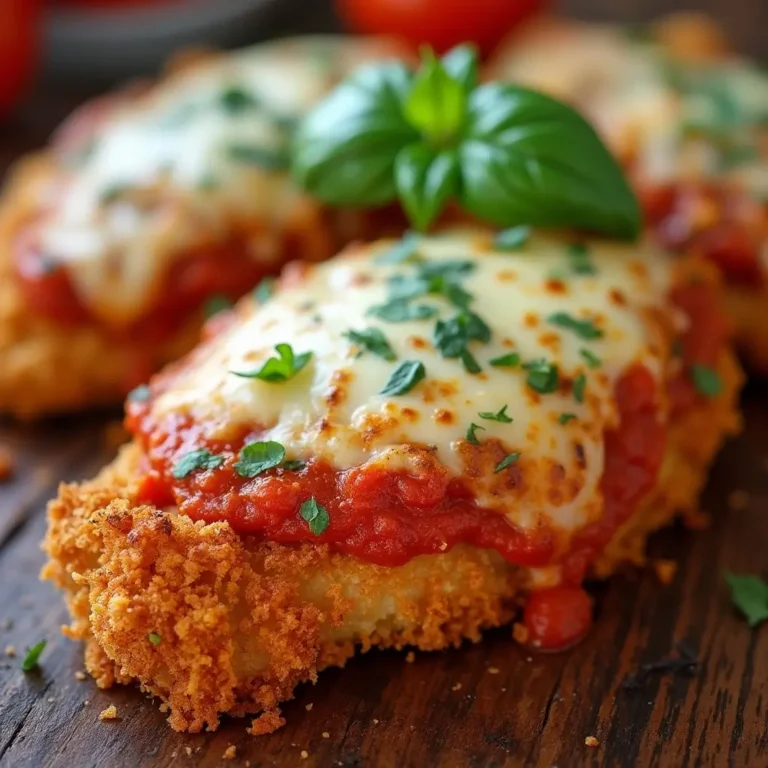

4 Comments